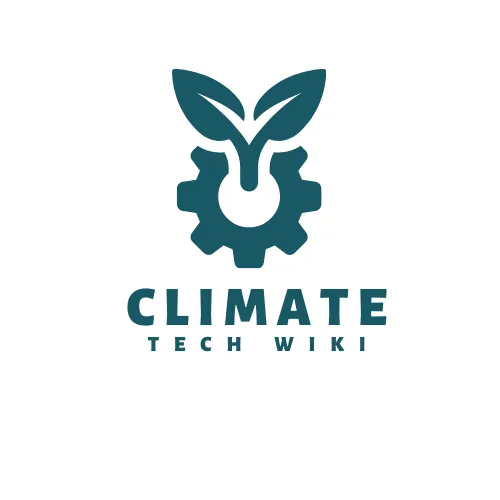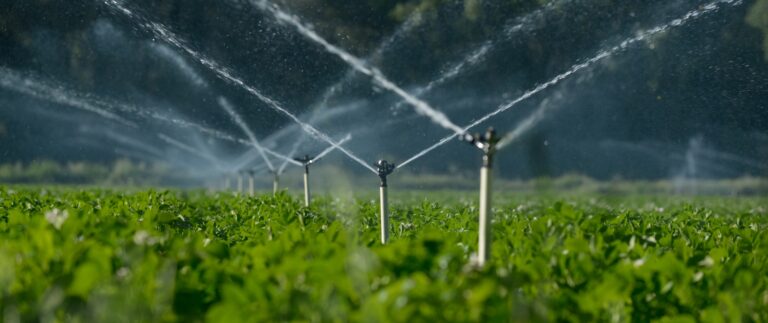Genetic makeup influences fitness and adaptation and determines an animal’s tolerance to shocks such as temperature extremes, drought, flooding, pests and diseases. Adaptation to harsh environments includes heat tolerance and an animal’s ability to survive, grow and reproduce in the presence of poor seasonal nutrition as well as parasites and diseases.
Selective breeding is a technology that aims to improve the value of animal genetic diversity. This technology can be applied to all types of livestock, including cattle, sheep, goats, alpacas and guinea pigs.
As developments have been made over time in improving measurement techniques and methods for estimating an animal’s genetic potential, the power and effectiveness of selective breeding as a tool have also increased.
Over the last half century it has helped achieve dramatic improvements in the productivity of livestock species as well as improvements in the health and welfare of livestock and other animals.
There are three main approaches to selective breeding:
1) Outcrossing
Mating two animals that are unrelated for at least 4 to 6 generations back is called an outcross. This method works best when the genetic variation for a trait is high. When dominant genes are the desirable ones, outcrossing works perfectly well.
One of the best advantages of outcrossing is that it hides detrimental traits by keeping them recessive. Outcrossing improves fitness traits such as reproductive ability, milk production, kid survivability and longevity.
2) Linebreeding
Linebreeding involves mating related animals like half-brother/half-sister, cousins, aunt/nephew, and other more distant relationships. This is usually done to capitalise on a common outstanding ancestor who appears in recent generations of the pedigree.
There is a higher degree of uniformity with linebreeding than in outcrossing, and a reduced possibility of harmful genetic defects than inbreeding.
3) Inbreeding
This breeding method involved mating directly related animals, like mother/son, father/daughter, and full brother/full sister (full siblings). This method is used generally to create uniformity and prepotency (the ability of this process to continue) and to force out latent weaknesses from the gene pool.
However, recessive genes are more of a factor than dominant genes in genetic faults, so there is a high risk producing kids with problems. Inbreeding reduces the pool of available genes and can cause some lines to become extinct. Fitness traits are especially at risk with this breeding scheme.
Selective breeding through controlled mating enables farmers to breed animals that are more resistant to the impacts of climate change, such as sudden changes in temperature, prolonged droughts or the appearance of new diseases.
It can reduce mortality rates, increase fertility rates, and can also be used to improve the quality of livestock products such as milk and fibre. As a result, livestock producers are at a lower risk from losing animals to climate change impacts and they are also able to diversify their income-generating activities by capitalising on higher-quality dairy or fibre production.
What are the Advantages?
Selective breeding through controlled mating is a crucial agricultural practice that offers several significant advantages.
| Advantage | Description |
|---|---|
| Low Input and Maintenance Costs | Costs are lower after initial setup as the breeding process relies on natural biological functions. |
| Permanence and Consistency | Traits are genetically ingrained, providing long-term benefits without repeated interventions. |
| Preservation of Local and Rare Breeds | Helps sustain endangered breeds, maintaining genetic diversity and protecting unique traits for future resilience. |
How About Disadvantages?
Now that we went through the advantages, take a look at the disadvantages of this approach.
| Advantage | Description |
|---|---|
| Enhanced Trait Specificity | Improves specific traits like yield or size. |
| Increased Economic Efficiency | Leads to higher yields and faster growth. |
| Adaptation to Environment | Develops breeds suited to specific climates. |
Financial Requirements and Costs
The costs and financial requirements will depend on the livestock species and location. However, in general controlled breeding is a low-cost technology. If stones are locally available and can be used to build the mating pens, an average investment would come to around US$ 30.
In areas with clay soils, adobe bricks may be used, at an average cost of US$ 90. In many cases, cattle mesh has been the chosen alternative, with an average investment of US$ 200 for each mating pen.
Institutional and Organisational Requirements
Governmental institutions can provide support to selective breeding programmes by facilitating access to information and providing technical support. It will be important for governments to coordinate closely with indigenous communities in order to benefit from knowledge accumulated over decades of traditional pastoral livestock keeping.
National information systems can be used to monitor threats to breeds caused by climate change or other pressures and develop predictive modelling and early warning systems. Governments should develop policies to strengthen livestock keepers’ adaptation strategies, their ecological knowledge and local institutions.
Governments can provide financial incentives for breeding and raising breeds that are more resilient to climate change, promote and support marketing of products derived from these breeds, and provide infrastructure supporting selective breed production.
Government institutions should also consider importing new genetic stocks with greater resistance to high temperature, for example, should the adaptative capacity of the local gene pool be limited.
Knowledge of current climate impacts on livestock is important for the definition of desirable traits. Where available, climate change scenarios will facilitate planning processes by providing possible future impacts on livestock animals.
Livestock producers need to be trained to keep records, identify females on heat, identify key traits amongst animals, secure good quality water and feed for their livestock and build infrastructure for controlled mating.
The implementing institution, or preferably the local community, must have a technician with good knowledge of the controlled mating process, capable of explaining it clearly to producers without encouraging them to reduce the number of animals they keep and recognising the need to create a nucleus of good quality livestock.
It is necessary to monitor the application of this technology in each group of animals and to review progress by examining producers’ records.
To apply this technology, mating pens made of adobe, stone or cattle mesh are required. Cattle mesh pens are the most expensive. Small animals can mate in wooden mating pens. Identification material such as ear tags and paint is required to monitor animals.
It is also necessary to keep logbooks containing basic information on the livestock (age, gender, colour), mating data (dates, number, time), details of the offspring (father, mother, colour and other basic data), animal culling, selling prices of meat, hides, dried meat, and fibre, among others.
Barriers to Implementation
There are knowledge gaps about how breeds react to conditions brought about by climate change. The FAO (2007a; 2006) list many species and local breeds which are already adapted to high temperatures and harsh conditions, or are reported to be resistant or tolerant to various diseases.
Many of these reports are based on anecdotal evidence rather than scientific studies, and the underlying physiological and genetic mechanisms are not well understood. This makes it difficult to predict climate change impacts or develop adaptation strategies for such production systems or breeds.
Opportunities for Implementation
Despite a lack of scientifically corroborated information, indigenous knowledge about livestock genetic diversity has been shown to provide an important knowledge base for selective breeding.
Integrating indigenous knowledge into selective breeding programmes is an opportunity for the development of low-cost, locally-appropriate strategies (Moonga and Chitambo, 2010).
Documentation of the indigenous knowledge of livestock keepers about animal breeds and breeding should be an integral part of the work of rural development projects, institutions and organisations because it can be a source of information about the existence of breeds that scientists have overlooked and which may have unrecognised advantages and potential.
Investments in science and technology for developing new breeds and genetic types also present an opportunity for larger-scale interventions where funding is available (IFAD, 2002).








